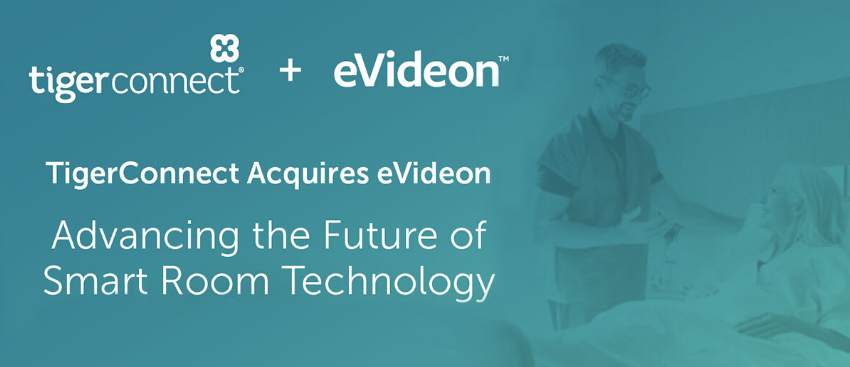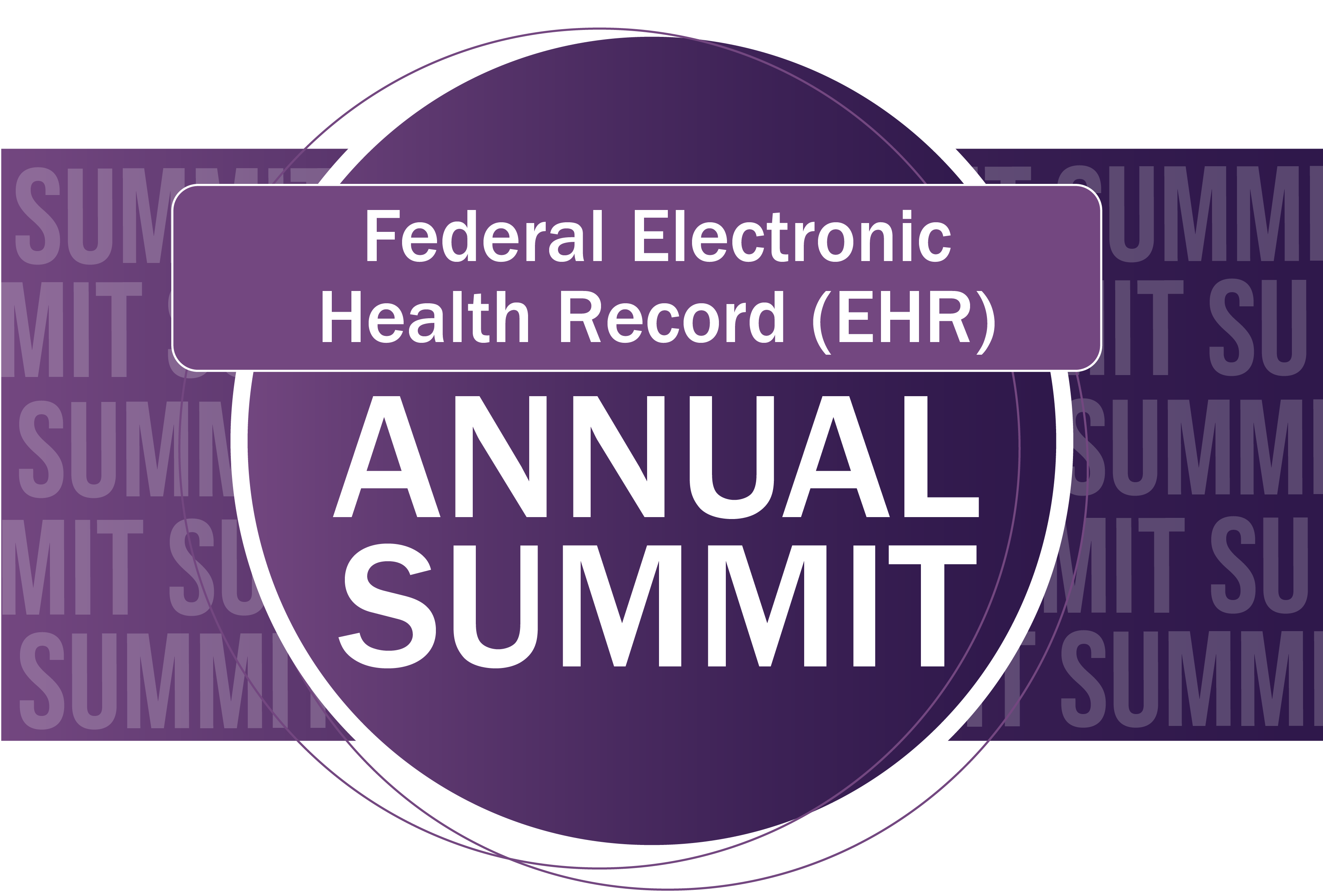Clinical Insight Systems
Clinical Insight Systems, Inc. is an Electronic Medical Record (EMR) software company. Its full featured electronic medical record system, Pronto, was developed by a team of leading cardiologists. It’s products combine best practice workflows with an extremely complete and flexible approach for all the areas of cardiovascular medicine.
Complete Electronic Medical Chart
Pronto is designed to provide the functionality of a complete electronic chart. Pronto charts have two components that are analogous to a traditional paper-based chart. Those components are the chart folder and the enclosed visit (encounter) notes. In most offices, there is a separate section of the chart dedicated to information that does not change often or changes only infrequently. Examples include the patient demographics, medical problem list, medication list, allergy list, insurance information, etc. This part of the chart is called the “Client” general information area of Pronto. The second component of the paper-chart is the enclosed visit notes. These notes might contain the results of diagnostic testing, clinical patient evaluations, etc. This part of the chart is called simply “Visits” in Pronto.
The application is multi-user, indicating that all users share the same basic clinical data. The most up-to-date report is always instantly available to all users (which include comparison of data from multiple disciplines). Clinical data is secured by centralized backup and reports are printed or faxed directly from your PC. You can have access to your data, whether you are connected to the local area network (LAN), connected by modem, connected to the world-wide-web (internet) or working off-line.
Clinical Statistics & Outcomes Analysis
Pronto categorizes clinical information into codified variables, which can be used with statistical routines provided within the application or exported to any standard statistical package for analysis. Internally provided routines include general statistical information (office & staff statistics, referral patterns, etc), financial information (payer and diagnosis related statistics) and clinical outcomes analysis. The clinical outcomes routines include automatic quality of care reports for many procedures as well as outcomes analysis. For example, it is possible to track the life expectancy of implanted devices (pacemakers, leads, etc) using Kaplan-Meyer style analysis, or make predictions on the event-rate following cardiovascular procedures.
The Pronto Model
The basic premise of the Pronto Model is that the work of clinical reporting can be dramatically reduced and significantly improved by distributing it among every staff member that contacts the patient. In the process, clinical care is made more efficient, billings are increased and the quality of care and staff morale is improved.
The process starts with the initiation of the clinical encounter report at the time of patient registration. All clinical and non-clinical information entered on the patient is electronically stored in a format that is reusable for subsequent visits. All prior clinical information is available to all providers in multiple formats (text reports, tables of data and graphics showing data trends) speeding the clinical encounter and reducing errors. The final clinical encounter report is then assembled using a combination of historical information already stored in Pronto and new information entered into specialized worksheets. In many cases, the report is ready immediately after the patient encounter (Point of Service ReportingTM). In the case of clinical care reports, Pronto then reviews your note for compliance with E&M (evaluation and management) billing guidelines and suggests an appropriate CPT code. Pronto’s E&M Calculator TM stores an electronic audit of every clinical note, easing compliance with Medicare guidelines. In addition, the E&M Calculator TM highlights portions of the clinical note that are weak and identifies areas of lower billing. In short, the E&M Calculator TM identifies areas of weakness in your billing approach and gives confidence that Medicare guidelines are satisfied with billing at higher levels.
Pronto charts have two components that are analogous to a traditional paper-based chart. Those components are the chart folder and the enclosed visit (encounter) notes. In most offices, there is a separate section of the chart dedicated to information that does not change often or changes only infrequently. Examples include the patient demographics, medical problem list, medication list, allergy list, insurance information, etc. This part of the chart is called the “Client” general information area of Pronto. The second component of the paper-chart is the enclosed visit notes. These notes might contain the results of diagnostic testing, clinical patient evaluations, etc. This part of the chart is called simply “Visits” in Pronto.




















